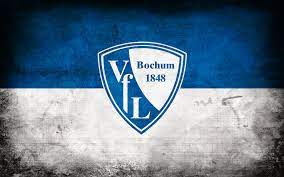Celtic Football Club is not just a football team; it is a symbol of identity, community, and heritage. Founded in 1887 in Glasgow, Scotland, Celtic has transcended the realm of sport to become a cultural touchstone for millions around the world. It is a club that resonates with the values of resilience, unity, and pride, making it one of the most storied institutions in football history.
The legacy of Celtic Football Club is built upon its rich history, passionate fanbase, 23winss.com and ongoing commitment to philanthropy and social justice. This blog post will delve into various aspects of the club’s enduring influence, exploring its origins, iconic moments, the impact of its supporters, and its role in contemporary society.
The Historical Foundations of Celtic Football Club
Understanding the legacy of Celtic Football Club begins with a look at its historical roots. Established by Brother Walfrid, a Marist Brother, the club was created primarily to alleviate poverty in the East End of Glasgow. This altruistic foundation set the tone for what Celtic would come to represent in the years to follow.
The Birth of the Club
Celtic Football Club was formed at a time when football was still in its infancy in Scotland. In the late 19th century, many immigrants from Ireland settled in Glasgow, bringing their culture and traditions with them. The establishment of Celtic was a direct response to the needs of this growing community.
The vision was simple yet profound: to create a football club that could provide recreation for local youth while simultaneously generating funds for charitable causes. The inaugural match, held against Rangers in May 1888, marked the beginning of an intense rivalry that would shape Scottish football.
The Early Years
In its formative years, Celtic faced numerous challenges, including financial instability and competition from other clubs. However, despite these hurdles, the club quickly gained traction, winning its first Scottish Cup in 1892. The initial successes on the pitch contributed significantly to building a loyal supporter base that resonated with the club’s ethos.
Notably, the club’s early management decisions reflected a commitment to inclusivity and the community’s welfare. The appointment of figures like Willie Maley as manager in 1897 helped secure Celtic’s status as a dominant force in Scottish football.
The Rise to Prominence
As the 20th century approached, Celtic Football Club began establishing itself as a formidable side. The club’s first league title came in 1893, laying a strong groundwork for future achievements. By the time the club celebrated its centenary in 1988, Celtic had amassed a treasure trove of silverware, including multiple league titles and domestic cups.
The establishment of Celtic Park as the club’s home ground further solidified its identity. Over the decades, this stadium has witnessed countless memorable moments, serving as a sanctuary for supporters and a fortress for players.





